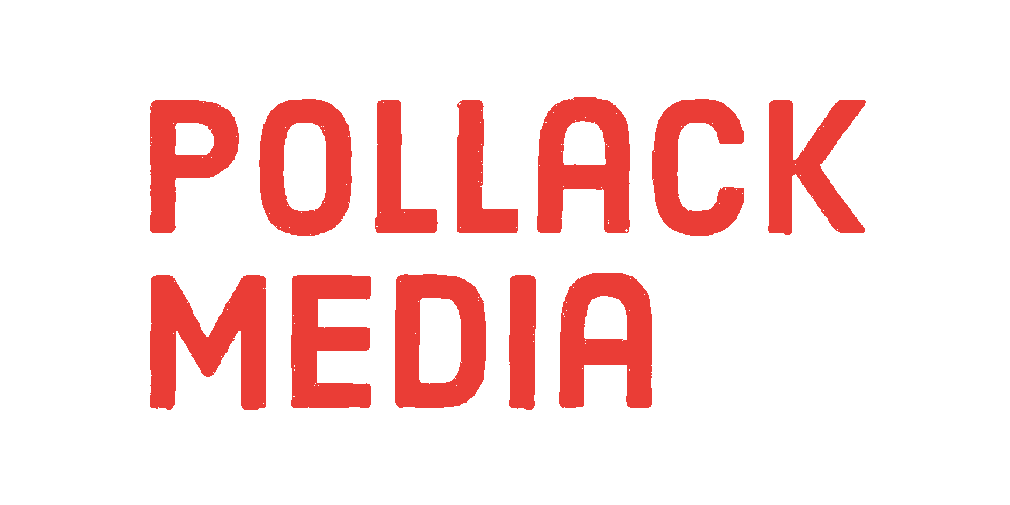AdAge published an interesting article this week on why marketers should reevaluate radio in this digital age. Traditional FM/AM radio still has tremendous reach, attracting 93% of Americans (12 and older) each week. The AdAge article digs deeper: Radio has evolved in its use of digital technology (mobile apps, use of social media, etc.). But the author believes that the territory surrounding emerging digital applications and innovations needs to be better explored. Among other things, marketers need to take better advantage of the creative freedom the digital world opens up for radio, and better utilize advanced audio-tracking metrics that have begun to emerge in order to avoid “missing opportunities to combine new platforms with existing ones”.
That ties into another important development – Nielsen’s reentry into the radio ratings world. Nielsen recently completed its purchase of Arbitron, the company that dominated radio ratings for over 5 decades. Radio was the only significant medium that Nielsen did not measure, until last month. Nielsen now provides a way to unify radio measurement with other media. In fact, Nielsen and CBS have just announced a trial to integrate local radio and TV ratings to “build a foundation that measures unduplicated reach and time spent across both media.”
Radio has made significant efforts to adopt digital assets, but most admit that they need to do even more, especially with heavy competition from satellite radio and numerous online competitors. Still, the fact that Nielsen, the broadcasters and advertisers are looking at integrating radio ratings with other TV should help radio in the long run.
Efforts need to be more aggressive if the industry wants to keep up with the rest of the entertainment business, as well as their tech-savvy audiences. And there is really no better time for marketers to step up and utilize the wealth of data and technology at hand to create cutting edge marketing for traditional radio. The two industries already depend on one another to some extent for survival, so why shouldn’t they work together to take bland, traditional radio advertising to the next level?

